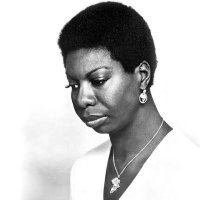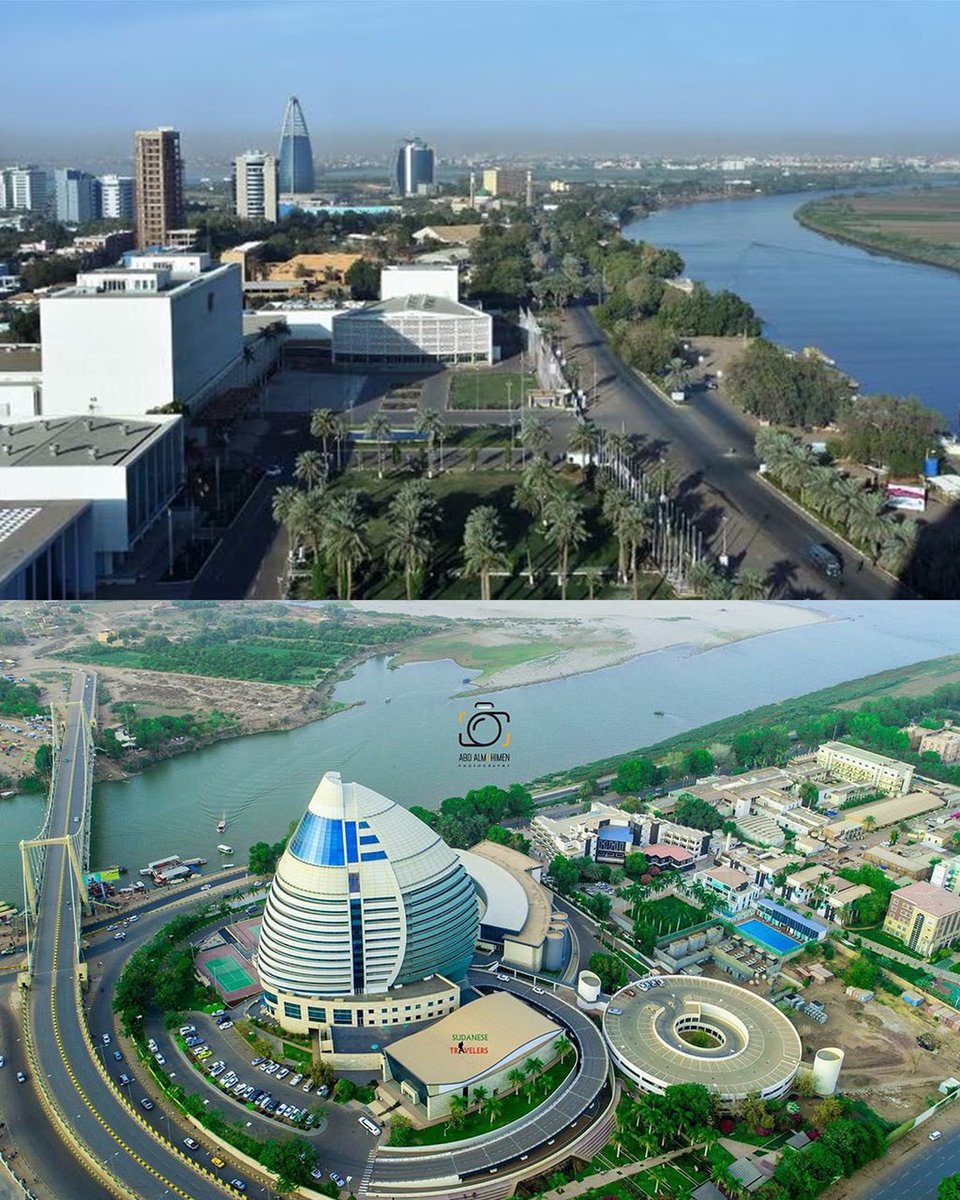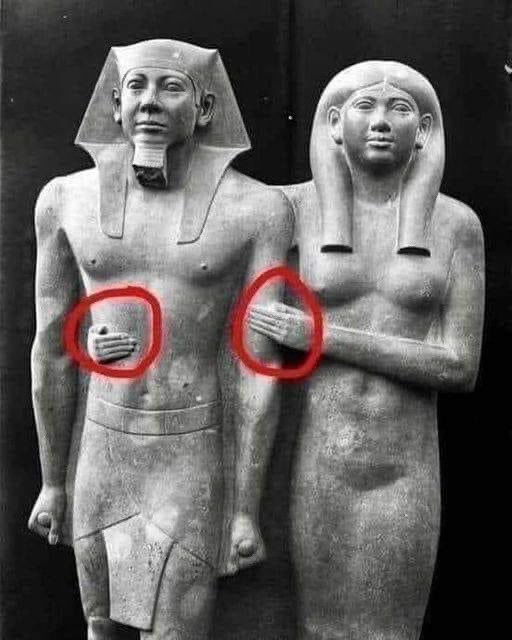
Sir David Adjaye
@dadjaye
ID: 1223901055
27-02-2013 07:52:28
5,5K Tweet
12,12K Takipçi
1,1K Takip Edilen

















I really appreciate the research Sir David Adjaye (Sir David Adjaye) does on African cities and posts on social media, our continent is severely undocumented and unpublished and people like him are really important.

















